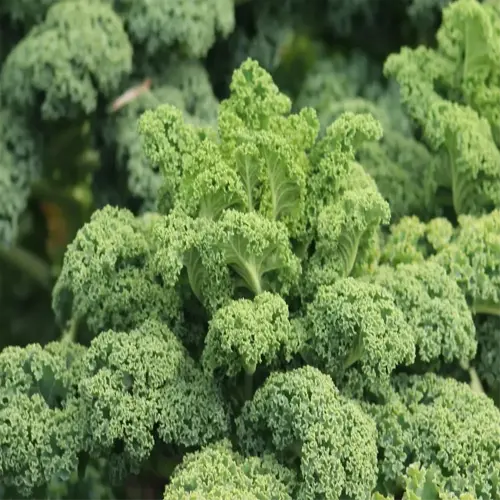What common mistakes ruin kiwi harvests?

Written by
Michael Sullivan
Reviewed by
Prof. Charles Hartman, Ph.D.Successfully growing kiwi means avoiding some common mistakes that even experienced gardeners make. My first harvest was eventually lost because I overpruned the plant. This is one of the very mistakes that I now coach others not to make. Kiwis require specific needs, from soil preparation to seasonal pruning. Let's examine the most common pitfalls.
Pruning Errors
- Cutting more than 30% of summer growth
- Using dull tools that tear bark
- Ignoring fruiting wood identification
Soil Issues
- Planting in pH above 6.5 without amendments
- Failing to test soil for magnesium levels
- Using fresh manure that burns roots
Climate Oversights
- Not wrapping trunks below Zone 6 winters
- Missing frost dates for young vines
- Ignoring windbreak needs in exposed areas
Root rot from too much water kills more vines than pests. I have now lost three plants after installing moisture meters. Kiwis need deep, infrequent water applications; once a week for clay soils, and twice for sandy loam. Use the knuckle test. If the soil sticks to your knuckles, then you need to skip the watering.
Container Plants
- Check drainage holes weekly
- Water until 20% runoff occurs
- Reduce frequency in dormancy
Ground Vines
- Install drip lines 18" from trunk
- Use 2" wood chip mulch layer
- Avoid overhead watering post-bloom
Frost protection distinguishes survivors from casualties. After losing the buds in June of 2021 to a late-season freeze I now layer on thermal blankets of protection at anything below 28°F (-2°C). I burlap wrap trunks around my trees when temperatures drop to or below -10°F (-23°C). Record frosts in your microclimate religiously.
Read the full article: How to Grow Kiwi: Expert Guide for Home Gardeners

